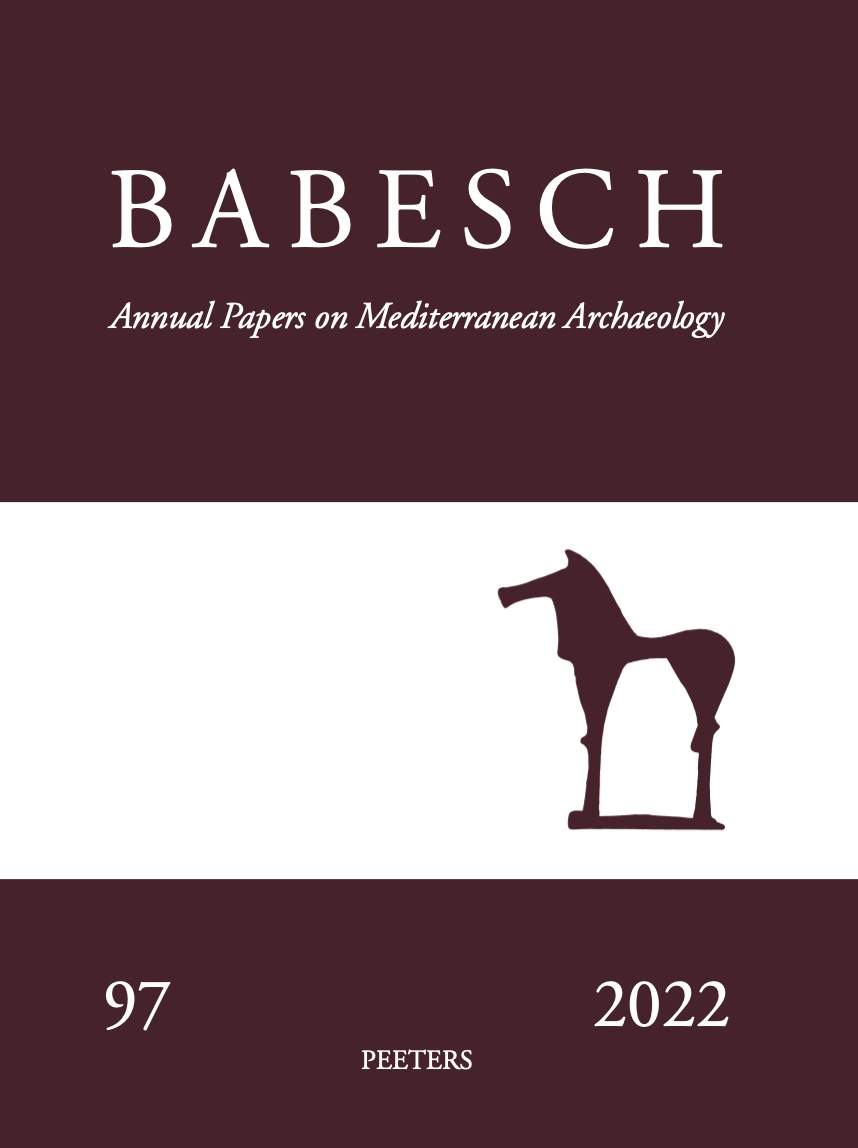 previous article in this issue previous article in this issue | next article in this issue  |

|
Document Details : Title: An Interpretation of the Radiocarbon Determinations of the Oldest Indigenous-Pheonician Stratum thus far, Excavated at Huelva, Tartessos (South-West Spain) Author(s): NIJBOER, Albert J. , VAN DER PLICHT, J. Journal: BABESCH Volume: 81 Date: 2006 Pages: 31-36 DOI: 10.2143/BAB.81.0.2014423 Abstract : The radiocarbon dates from the archaeological stratum at Huelva, Tartessos (south-west Spain) that contains the oldest Phoenician material in the western Mediterranean so far recovered, are presented and interpreted. The quality of the radiocarbon determinations is assessed as excellent. The archaeological interpretation of these radiocarbon dates is more intricate since the implications are significant. First the archaeological stratum as found at Huelva is examined, followed by a discussion on other high quality radiocarbon determinations in the Western Mediterranean including those from the earliest settlement layers of Carthage. Secondly the chronology of the early Phoenician advance into the Western Mediterranean is debated. A final aspect discussed in relation to the age and character of the Huelva deposit, is its intriguing link with a much debated account in the Bible mentioning Tarshish, King Hiram I of Tyre, Solomon and their search for precious metals and other luxuries. The radiocarbon dates presented in relation with its archaeological context, document that the Phoenicians crossed the whole Mediterranean, from Tyre to Huelva, from onwards the first half of the 9thcentury BC if not before. |
|
